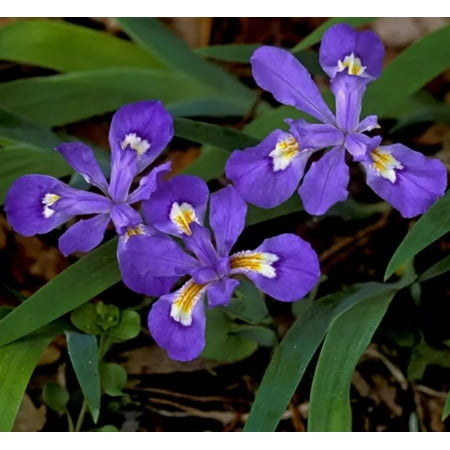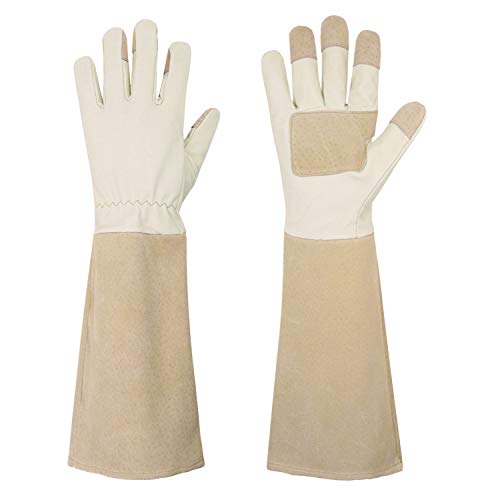Plants that complement daffodils – for pots and borders that will dazzle in winter and spring
We reveal five plants that complement daffodils with lush foliage and vibrant color


For many, daffodils, or Narcissi, are the ultimate spring flowering bulb. As the New Year rolls on, even despite the frosty weather, daffodils emerge with showstopping blooms that can be found in a range of yellow, orange, white and cream shades.
While daffodils are undoubtedly floral fireworks in our winter and spring gardens, companion plants are just as important. There are many different plants that complement daffodils, including evergreens and other flowering bulbs, helping to add even more impact and contrasting color to your displays.
So, if you want to fill your yard with flowers in the coming months, our expert-approved guide has all the inspiration you need. Whatever varieties of narcissi bulbs you grow, these companion plants are sure to fill your yard with joy.
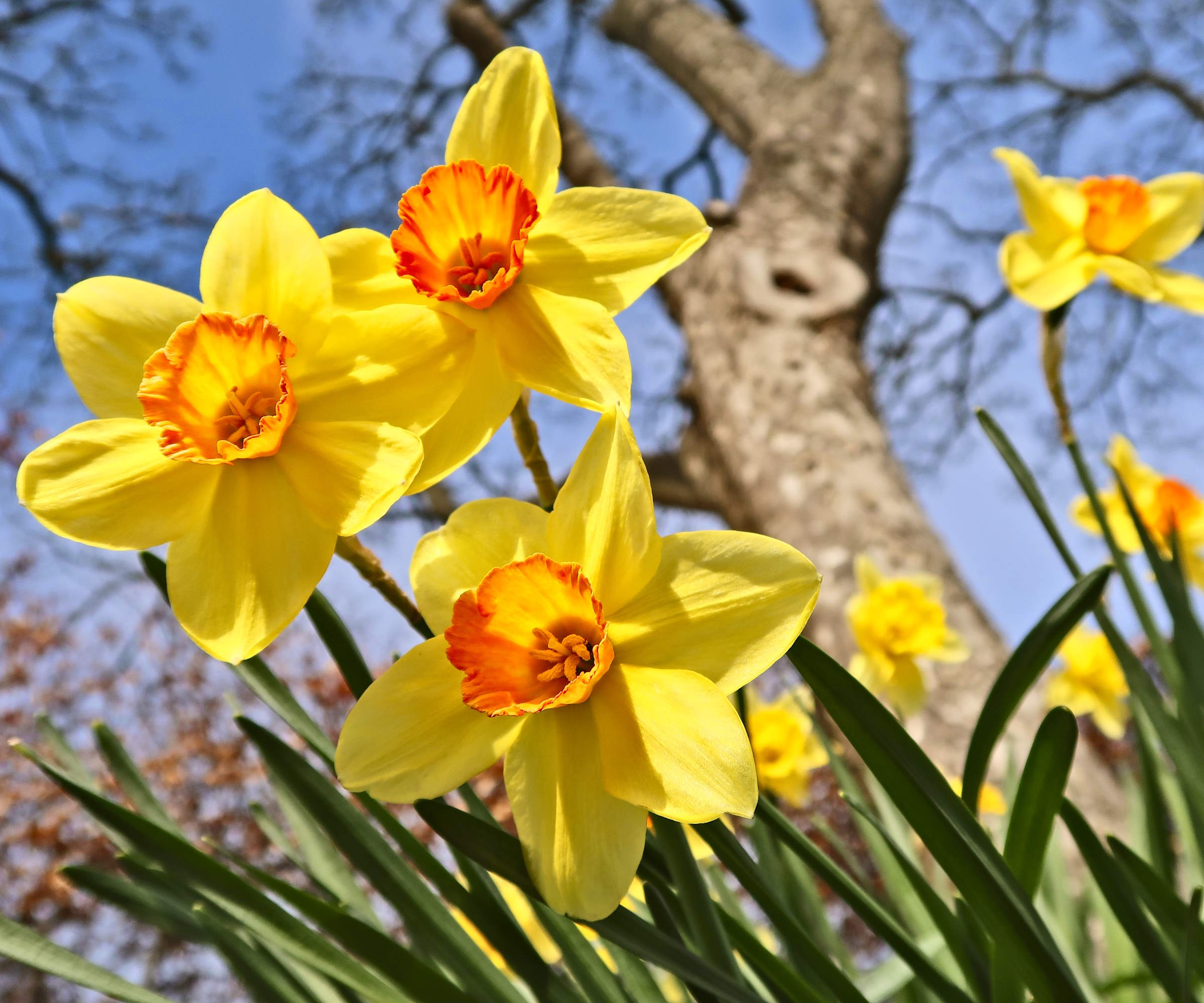
Five plants that complement daffodils
If you are thinking about companion planting for daffodils, it is always important to select perennials, evergreens or flowering bulbs that prefer similar conditions. While it will depend on what you grow, most Narcissi species are cold-hardy and can be grown from US hardiness zone 3 to US hardiness zone 7.
They tend to have a preference for full sun, planted in a location where they can enjoy at least six hours of sunshine, but they will tolerate part-shade too.
1. Monkey grass
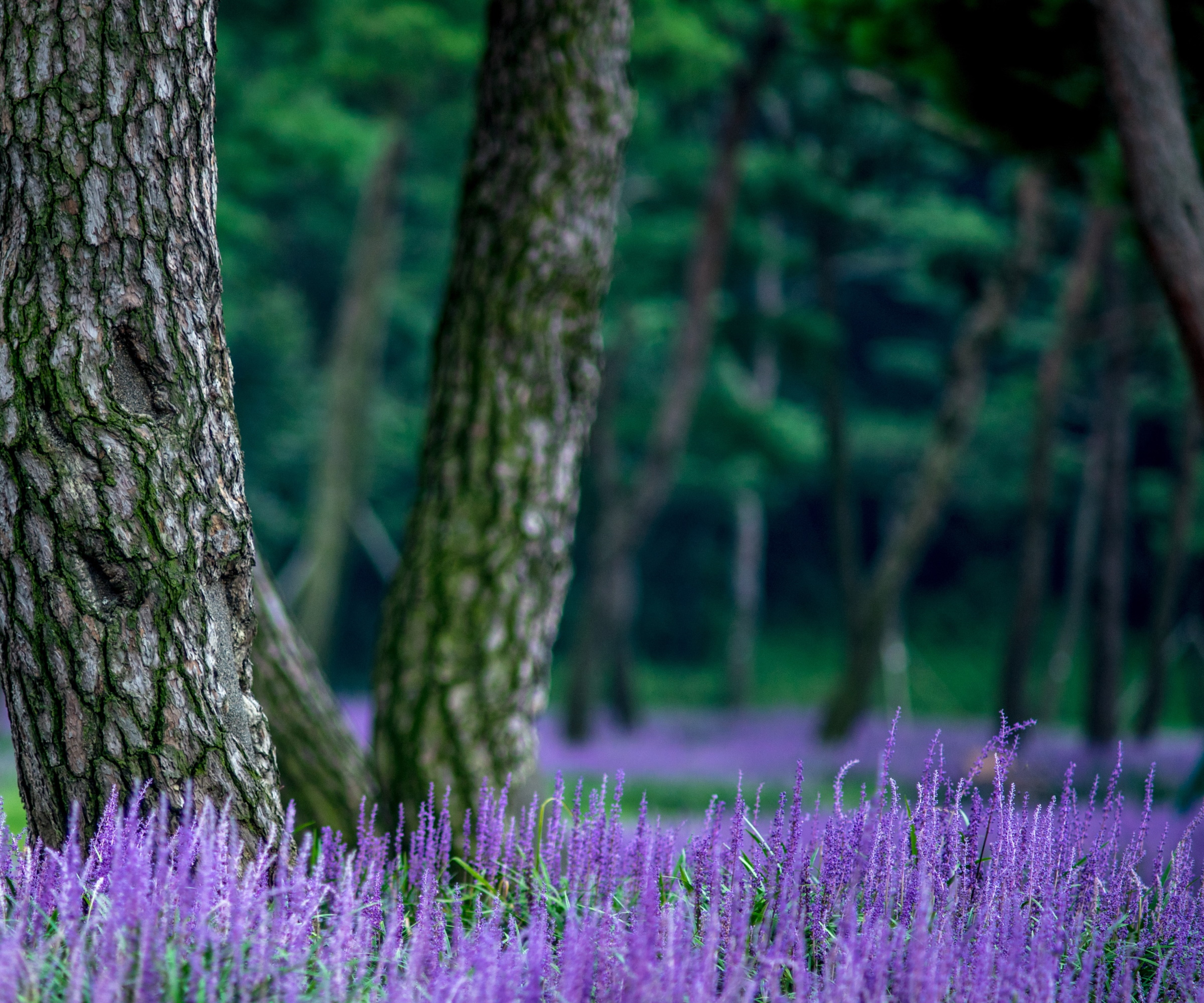
'Monkey grass, or Liriope muscari, is a hardy choice for gardeners,' says Mike Murphy, garden expert and owner at You Had Me At Gardening. 'It is virtually pest and disease-free, and importantly, this evergreen looks good when paired with anything.
'Growing best from US hardiness zones 4 to 10, this versatile plant has dark green, grass-like blades that can play a supporting role to the golden-yellow trumpets as they emerge in spring,' Mike adds.
Design expertise in your inbox – from inspiring decorating ideas and beautiful celebrity homes to practical gardening advice and shopping round-ups.
In terms of how to grow monkey grass, this versatile and tough evergreen can cope with many different conditions, tolerating both cold, northerly weather and warm, southerly climates. For the best results, plant in a partially shaded spot with moist but free-draining soil.
Monkey grass live starter plants are available to order from Amazon.
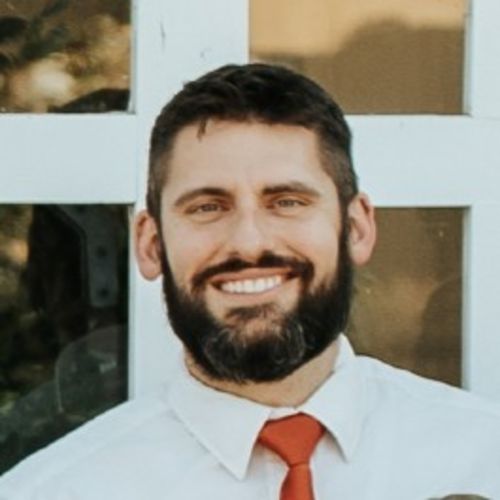
Mike grew up gardening with his parents and grandparents. He enjoys his backyard orchard of dwarf fruit trees, raspberry and blackberry patches, and raised garden boxes. In addition to his perennials, Mike enjoys sprouting new fruit and vegetable seeds every spring.
2. Irises

Irises are also perfect plants that complement daffodils, with showy blooms that emerge from spring through to summer. One particular variety to pair with smaller Narcissi species would be the dwarf crested iris, or Iris cristata, as seen in the image above. Iris cristata rhizomes are available to order from Amazon.
This small species often reaches no more than eight or nine inches tall, opening in shades of blue and violet which contrast brilliantly against white or yellow daffodils.
Iris cristata is one of the best native irises, best suited to growing in woodland-like situations from US hardiness zone 4 plus, with a preference for part-shade and slightly damp, rich soils.
There are many other early-flowering irises to choose from, such as these pure 'White van Vilet' iris bulbs, available from Amazon.
3. Hellebores
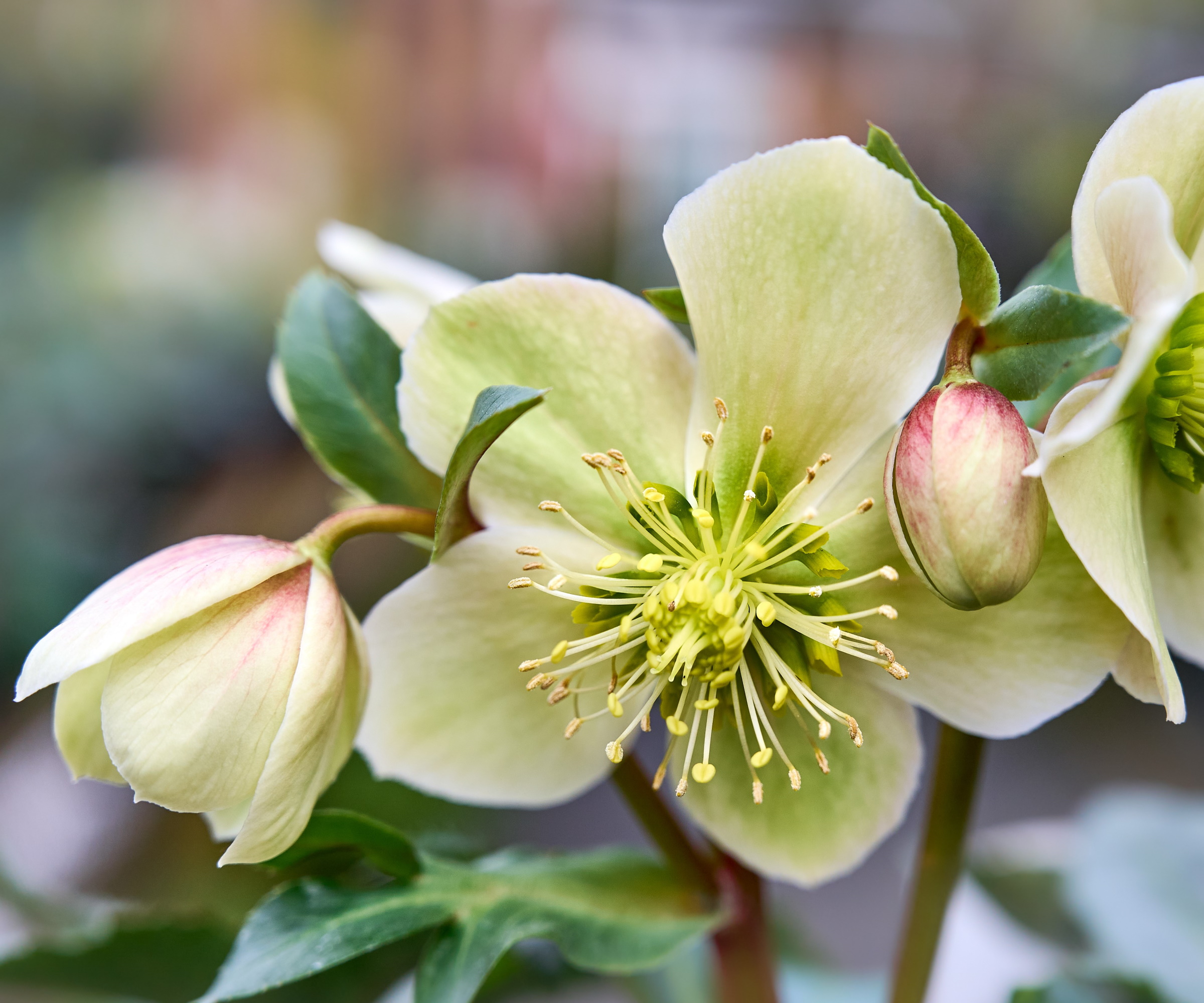
Hellebores are one of the quintessential flowers of winter. When all else is dormant in the yard, these popular perennials emerge with striking flowers.
Many different hellebore varieties would make ideal plants that complement daffodils. I would opt for the popular Lenten rose, Helleborus orientalis in pale shades, such as lemon-yellow, white or pale pink that will contrast nicely against your Narcissi bulbs.
In terms of how to grow hellebores, they will tolerate frosty weather down to zone 3, with a preference for part-shade and moist soil. In northerly zones, however, I would advise giving them as much sunshine as possible to help them survive frost and snow.
Hellebore live plants are available from Amazon and can be planted during the fall and winter months.
4. Primroses

Primroses are among the earliest bloomers in the garden. If you are a fan of cottage garden ideas with lawns and banks dotted with beautiful blooms, primroses might just be the plants you need to grow.
You can sow primrose seed towards the end of winter, usually around February, or alternatively, if you are planting out plugs bought from a local nursery, you can do this after the last frost in April. Primrose seeds are available from Amazon.
Primroses are cold-hardy down to zone 3, with a preference for part-shade and moisture-retentive soil. If your clumps are happy and healthy, they will quickly naturalize in your yard, pairing perfectly with daffodils when grown in a sunny meadow.
5. Forget-me-nots
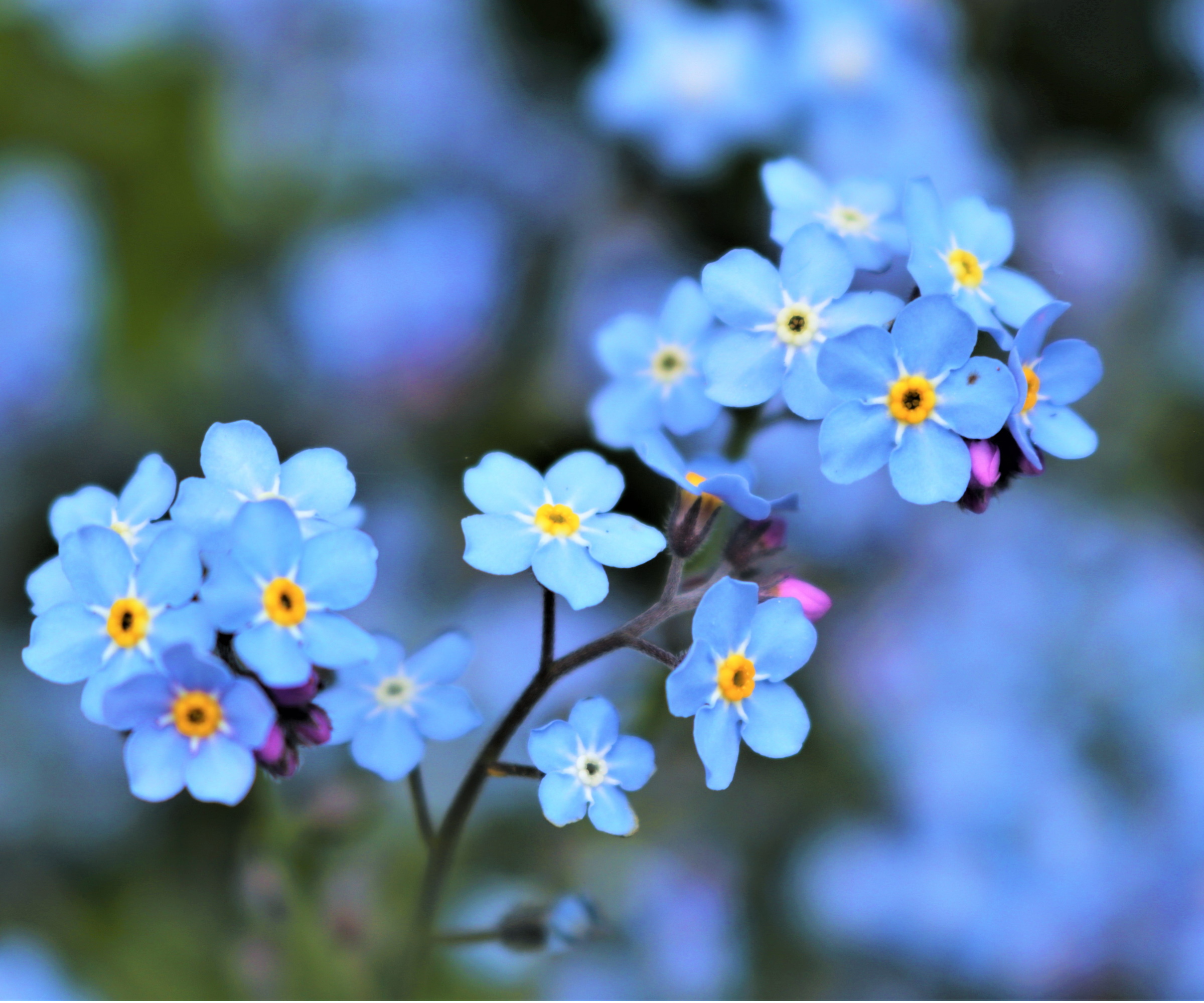
If you like the sound of self-seeding flowers, a good option might be forget-me-nots, otherwise known as Myosotis. For a natural look, allow forget-me-nots to self-seed and scatter across your borders, an easy way to garden, in my opinion.
Growing well from US hardiness zone 3 plus, these flowers are often considered some of the best part-shade annuals, doing well when planted in a position with morning sun and afternoon shade.
So, if you are looking for blue flowers to complement your yellow daffodils, I do not think there would be a better option than these dainty but dazzling blooms. Forget-me-not seeds are available from Walmart.
FAQs
What shrubs look good alongside daffodils?
Forsythia is a shrub that pairs very well with daffodils. Forsythia tends to bloom very early in the year, usually around March or April, so if you are looking for an impactful early-flowering shrub to match your early-flowering daffodil blooms, forsythia might be the plant for you. In my opinion, forsythia and daffodils combined will brighten even the darkest winter day.
For more inspiration for your winter and spring garden, see our guide to bulb planting trends for the year ahead, to keep your space ahead of the curve and the talk of the street.

Thomas is a Content Editor within the Gardens Team at Homes and Gardens. He has worked as a professional gardener for both public spaces and private estates, specializing in productive gardening, growing food and flowers. Trained in Horticulture at the Garden Museum, he has written on gardening and garden history for various publications, including The English Garden, Gardens Illustrated, Hortus, The London Gardener and Bloom. He has co-authored a Lonely Planet travel book, The Tree Atlas, due out in 2024.
